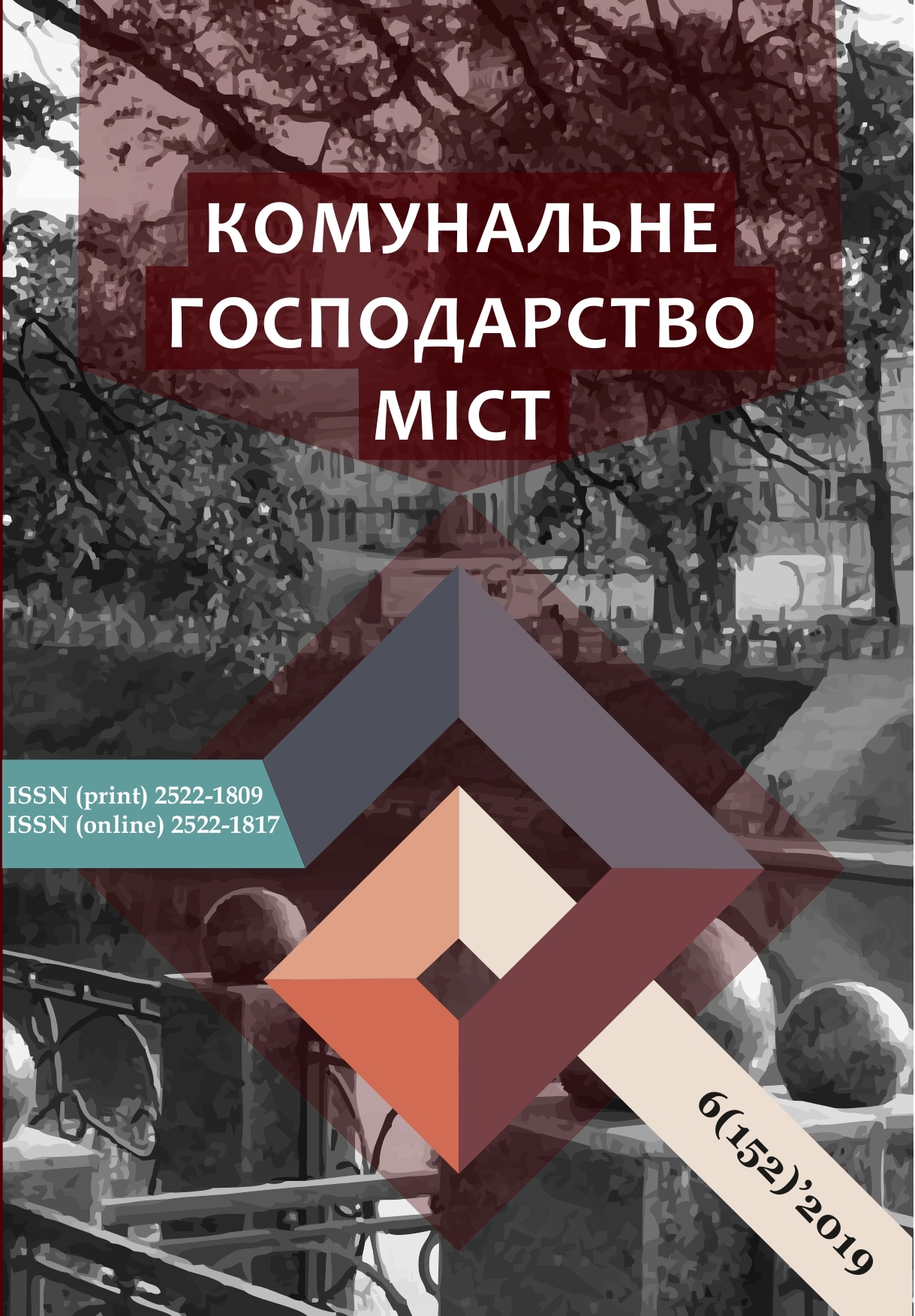ADDITION TO THE BOARD OF THE INTERNAL GAS NETWORKS AND DAMAGE FROM ELECTROCHEMICAL CORROSION
Array
Keywords:
security, gas supply, emergency, monitoring, diagnosis, case, corrosion, algorithm.Abstract
A study and analysis of problematic issues in the operation of internal house gas supply networks (VDSG), as well as a study of the accident status of apartment internal gas networks. The analysis of problematic issues during the operation of the VDSG showed that when the volume of the necessary initial information and the detailed analysis are limited only by subjective factors. Based on the results of monitoring gas leaks at the VDSG and gas leaks in the gas supply system, the causes of gas leaks are analyzed and recommendations for their elimination are developed. An analysis of the number of leaks showed that the weakest point in ensuring the safety of the VDSG is gas appliances installed in the apartments of citizens, as well as welded joints on the internal apartment gas pipelines. Studies show that the main factor in damage to domestic gas pipelines (VDG) is the electrochemical corrosion of the outer surface of the pipeline, which occurs as a result of its wetting at the points of transition through the building structures (walls and floors), taking into account the properties of crevice corrosion. It is also necessary to develop and implement a methodology for comprehensive technical diagnostics of internal gas pipelines, to introduce modern technologies for the search for gas leaks due to corrosion. The defects of internal gas pipelines in the places of transitions through building structures were investigated; it corresponds (stage 1) to the development of corrosion damage. At this stage, corrosion damage looks, as a rule, in the form of a so-called “neck”, which is an annular recess in the body of the pipe or its case, located at the place of contact with concrete. The introduction of tread cases from B95 alloy to protect home gas pipelines will significantly reduce the risk of local destruction of gas pipes. Installation of cases does not require additional investment.
References
Sidak, VS, Suponev, VM, Bronevsky, Yu.F. (2015) Modern and innovative technologies in gas supply security - Kharkiv: O. M. Beketov NUUE, 433.
Sedak, VS, Suponov, VN (2014) Monitoring of gas supply security in Ukraine. Ways to improve reliability. Collection of scientific and technical worksForgaz-2014 International Scien-tific and Technical Conference (Krakow, Poland), 145-159.
Suponev, VN (2009) On the issue of safety in gas supply. Scientific and Production Journal "Labor Protection", 1, 39-41.
Sedak, VS, Nesterenko, SV, Slatova, ON, Bronevsky, Yu.F. (2013) Analysis of leaks and causes of stress corrosion damage in underground gas pipelines. Proceedings of the International Scientific and Practical Internet Conference October 23 - No-vember 22. Kharkov: O. M. Beketov NUUE, 155-158.
Goncharuk, MI, Seredyuk, MD, Sheludchenko, VI (2006) Handbook on gas supply of populated points of Ukraine. Ivano-Frankivsk, 1313.
Evdokimov, AG, Makarenko, AI, Samoilenko, NI, Sedak, VS (1997) Gas management of the region. - Kharkov: Basis, 37.
Orynyak, IV, Rozgonyuk, VV, Torop, VM, Bilyk, SF (2003) Resource, durability and reliability of pipelines. Review of mod-ern approaches and the problem of regulatory support in Ukraine. Oil and gas industry, 4, 54 –57.
Budulyak, BV, Tychki, IA, Remizov, VV, Petrov, NA (2002) Effective protection of objects against corrosion. Gas Industry, 1, 66-69.
Shrikant Ardhapurkar, Tanu Srivastava1, Swati Sharma1 (2010) Privacy and Data Protection in Cyberspace in Indian Environment. International Journal of Engineering Science and Technology, 2 (5), 942-951.
Downloads
Published
How to Cite
Issue
Section
License
The authors who publish in this collection agree with the following terms:
• The authors reserve the right to authorship of their work and give the magazine the right to first publish this work under the terms of license CC BY-NC-ND 4.0 (with the Designation of Authorship - Non-Commercial - Without Derivatives 4.0 International), which allows others to freely distribute the published work with a mandatory reference to the authors of the original work and the first publication of the work in this magazine.
• Authors have the right to make independent extra-exclusive work agreements in the form in which they were published by this magazine (for example, posting work in an electronic repository of an institution or publishing as part of a monograph), provided that the link to the first publication of the work in this journal is maintained. .
• Journal policy allows and encourages the publication of manuscripts on the Internet (for example, in institutions' repositories or on personal websites), both before the publication of this manuscript and during its editorial work, as it contributes to the emergence of productive scientific discussion and positively affects the efficiency and dynamics of the citation of the published work (see The Effect of Open Access).

